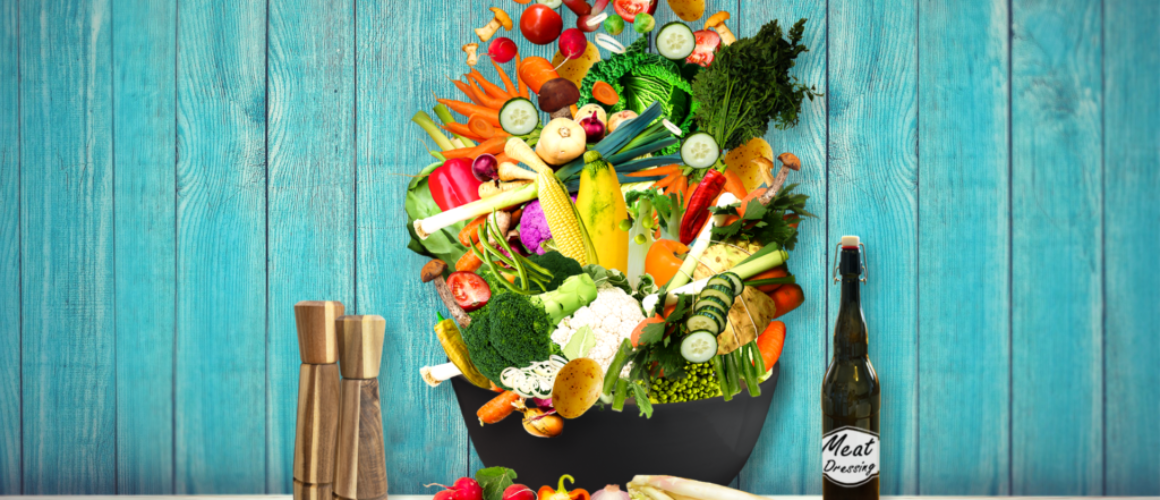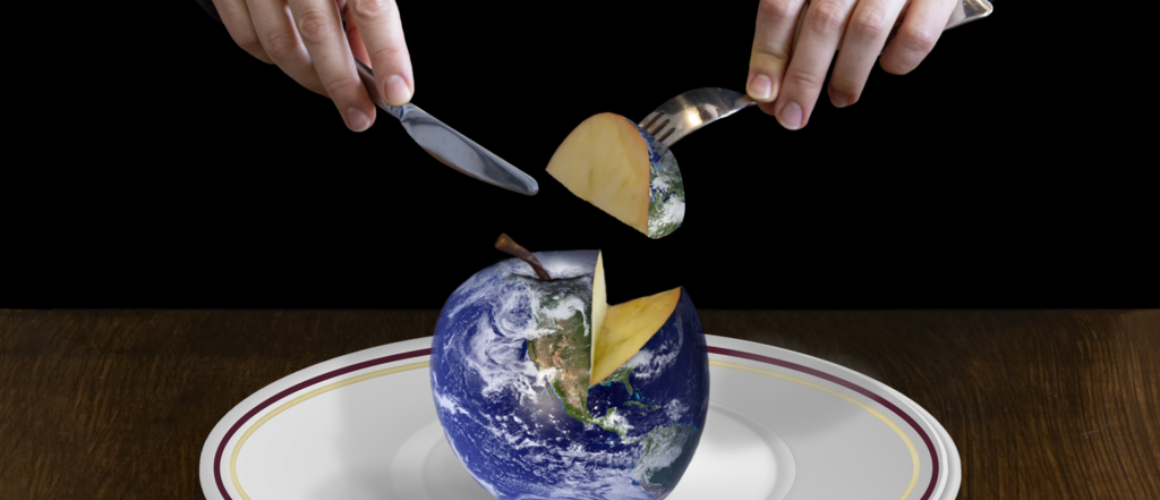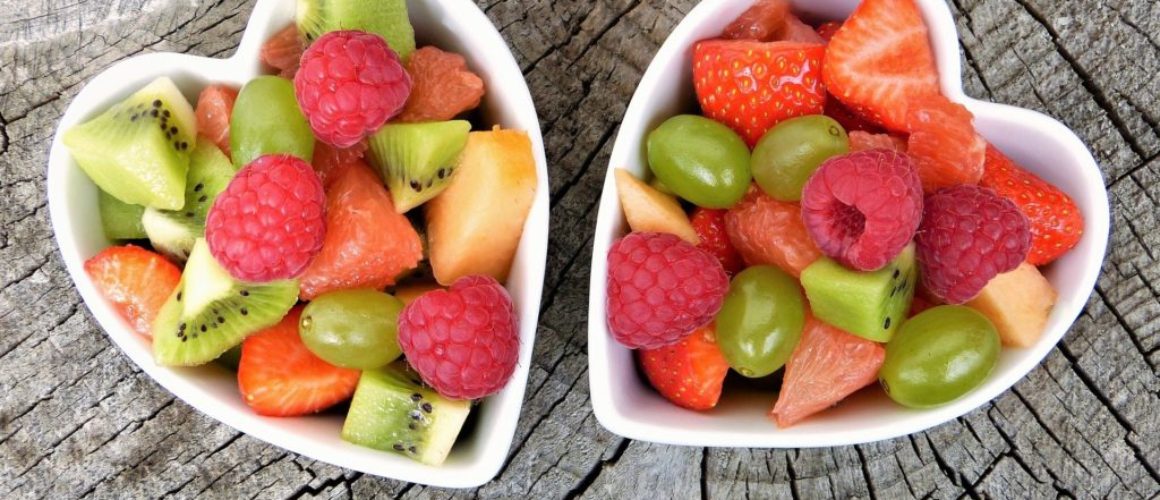The Ethically Conscious Meat Lover’s Dilemma and How to Solve It
Use the “meat as a vegetable dressing” philosophy to keep enjoying your food without all the environmental and animal welfare baggage.

I love meat.
There, I said it. I love the taste and the texture of choice cuts from dead animals cooked to perfection. I also appreciate the high-quality protein and other nutrients these dead animals bring to the table.
But at the same time, I love the environment and despise factory farming.
Yes, meat is an environmental nightmare, especially beef and lamb (see the graphic below). Pork and poultry are several times better but still much worse than most plant products.

Factory farming is one of the great evils of our society, but it’s the only way to supply the growing global appetite for animal products. There is simply not enough land on Earth to give all our farm animals a good life in an environment closely resembling their natural habitat.
So, what can we do?
Flexitarianism and the 5% Rule
At the risk of further angering the world’s vegans, I don’t see a problem with killing and eating animals. This is how nature works — animals higher in the food chain kill and eat animals lower in the food chain. And the apex predator of planet Earth is a hairless ape called Homo sapiens.
But I have a major problem with forcing animals to live terrible and unnatural lives before they are killed. Even worse, we do this on such a grand scale that it causes serious and lasting damage to the environment.
The solution?
Well, it’s three-fold:
- Limit meat to 5% of your calorie intake. Add up the calories listed on the food labels of your weekly meat purchases and aim to get it below 5% of your calorie requirement for healthy weight.
- Restrict red meat to once-a-year special occasions. The bulk of the 5% mentioned above should come from pork and poultry.
- Only buy meat if you know and approve of its origin. If you’re not sure, write to the supplier (and drop them if they don’t answer). Factory farming cannot exist without consumers turning a blind eye. In addition, ethical animal products offer significant health benefits.
Following these three rules will limit your meat purchases and force you to buy more expensive products. That’s why you, as a flexitarian or ethical omnivore, need to be smart and extract maximum reward from minimal meat consumption. Let’s see what that looks like.
Meat as a Vegetable Dressing
Limitations stimulate creativity. You’ll experience this first-hand when you start working towards 5% meat consumption. In my case, this enforced creativity led me to the “meat as a vegetable dressing” concept.
As a child, I disliked vegetables almost as much as I liked meat. My mom had to resort to all kinds of trickery and bribery to get me to eat something green. I’m not sure if it’s related, but I was also a rather sickly child. In fact, I probably wouldn’t be here today if it wasn’t for modern medicine.
After a mercifully “mild case of cancer” in my early 20s, it finally dawned on me that I need more vegetables in my life. So, I started eating my veggies in the only way I ever found tolerable: next to meat.
Over the years, the environmental and ethical problems of meat consumption increasingly weighed on my conscience, and the vegetable-to-meat ratio steadily grew. To my great surprise, this required no sacrifice whatsoever. I could still enjoy meat every day and, with appropriate seasoning, the vegetables actually contributed to the culinary experience.
Today, meat is relegated to little more than a vegetable dressing. Its role is to make vegetables taste awesome, and it’s doing a fine job! My vegetable intake is now so high that I’m confident my 12-year streak of perfect health will continue indefinitely 🙂
Take It Slow
Following the “meat as a vegetable dressing” principle is easy: take your favorite meat dishes and gradually increase the vegetable-to-meat ratio. As this ratio increases, you can grow more liberal with the spices to really put some zing into your meaty vegetable dressing.
In other words, you don’t need to adhere to the 5% rule right away. Just commit to steadily approaching it over time.
And there’s no need to stop at 5% either. I’m currently just below this threshold and still plan further cuts. The reason? My meat-containing meals remain so delicious that I find it difficult to adhere to Hara Hachi Bu — the healthy Japanese eating habit of stopping when you’re 80% full.
Try it! You’ll be surprised at how far you can push this simple principle without sacrificing any culinary enjoyment. I certainly was!
Your planet thanks you 🙂














